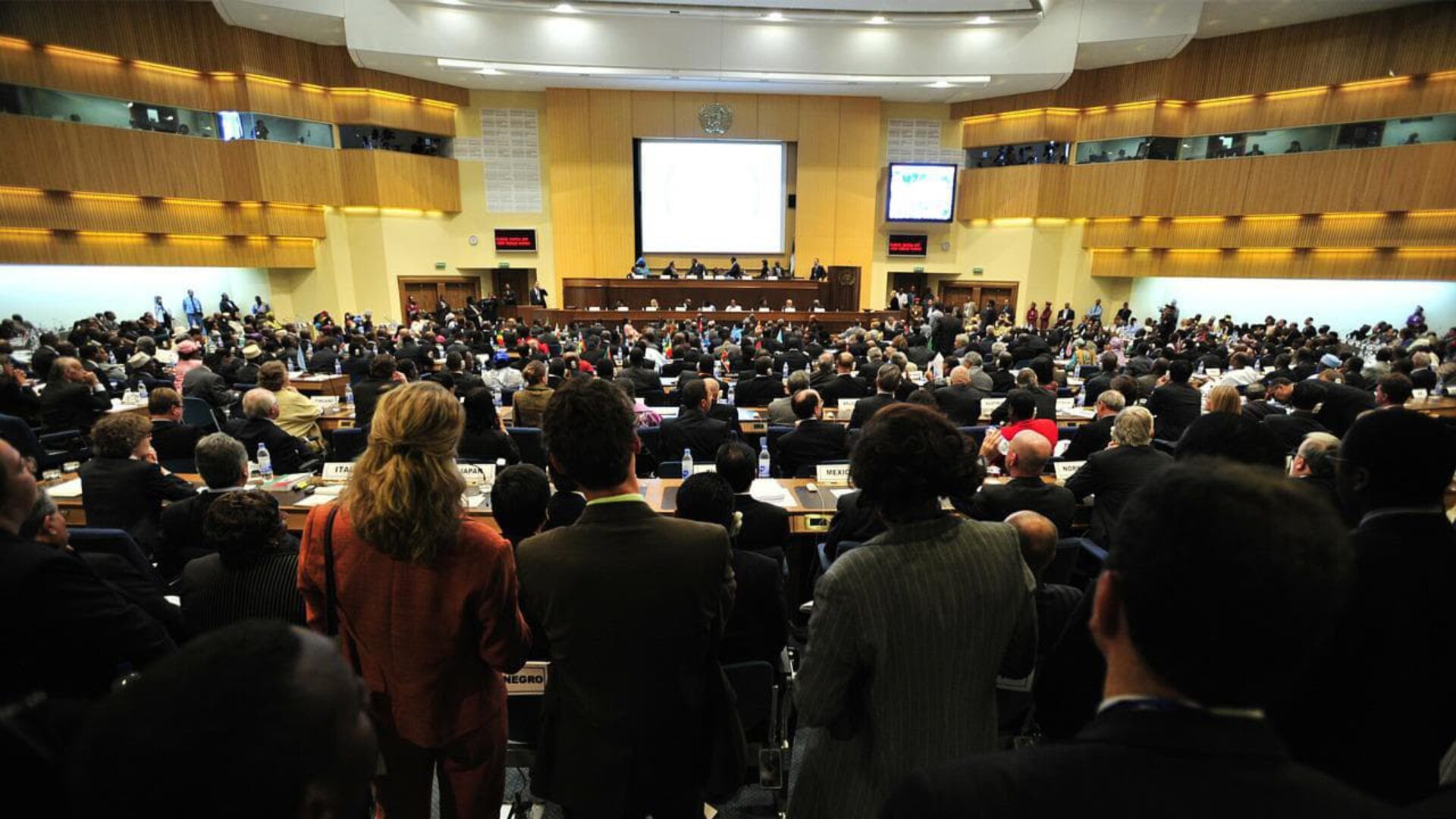Before you plan the event, answer the question: what are you going to hold the conference for? What do you want to get as a result? If you plan to increase sales, it is better not to waste time and invest in the development of the sales department. If the goal is to form an expert image and increase recognition among professionals, proceed to the organization of the conference.
Planning an event
- Decide for whom you are holding the conference. Describe and segment the target audience. For example, for a conference on digital marketing we are interested in the business audience, namely marketers, owners of small and medium-sized businesses, managers of federal companies in the field. It is to this audience that we will address in communications.
- Decide on the date and time of the conference. If you are holding the conference for an audience limited to one city, choose a date on a weekday in the second half of the week, gathering at 10:00. If you plan to have out-of-towners in attendance, make it a weekend date, and not before 11:00 a.m. People need to have time to get to you.
- Choose a venue. Criteria for choosing the venue: must be spacious for the planned number of guests, have the necessary technical equipment, ample parking, convenient location in the city.
- Number of seats is calculated as follows: plan for ticket sales plus plan for guests from partners minus 30% (which may not reach, even if paid for the ticket).
- Make an event plan and reflect everything you need to consider to make the event happen. When making your plan, group the task blocks together. Something like this: “Speakers”, “Site”, “Technical equipment” and so on.
- Create a cost estimate and plan a budget based on it. The estimate should reflect and detail the entire plan for organizing the event in monetary terms. Write down all the items that need to be taken into account, literally every detail. The estimate is the event organizer’s road map.
- Write down the tasks for all the items in the plan and estimate of the event, assign persons responsible for each block of tasks, set deadlines for intermediate results and final deadlines.
- After estimating the costs, think about how much of it you are ready to pay yourself, and how much of it can and should be covered by partners and sponsors.
Involve partners.
You can bring in partners on a barter or commercial basis. Barter means offering to the employees of the partner organization one or two invitations to the event, placing the logo on the press-wall and in handouts. It also assumes mentioning in advertisements, in the welcoming speech and at the closing of the event, in publications on your resources.
It is great if it will be possible to barter the full amount of costs for information partnership, printing and souvenir products; and at least partly – catering for coffee breaks.
Try to reduce rental costs by negotiating a partnership. Business event venues are interested in tenants. Your conference guests are their potential audience. Offer them advertising in the event news or contacts from your attendee base in exchange for lower rental costs.
For-profit partners are companies or individuals who receive mentions at your conference on a for-profit basis. To attract these partners, put together a commercial proposal with several sponsorship package options.
The cost of the package depends on the status of the sponsor at the event (from an ordinary sponsor, of which there may be several, to a general sponsor). Sponsorship packages also vary in the amount of privileges available in terms of media placement and the number of mentions at the event.
